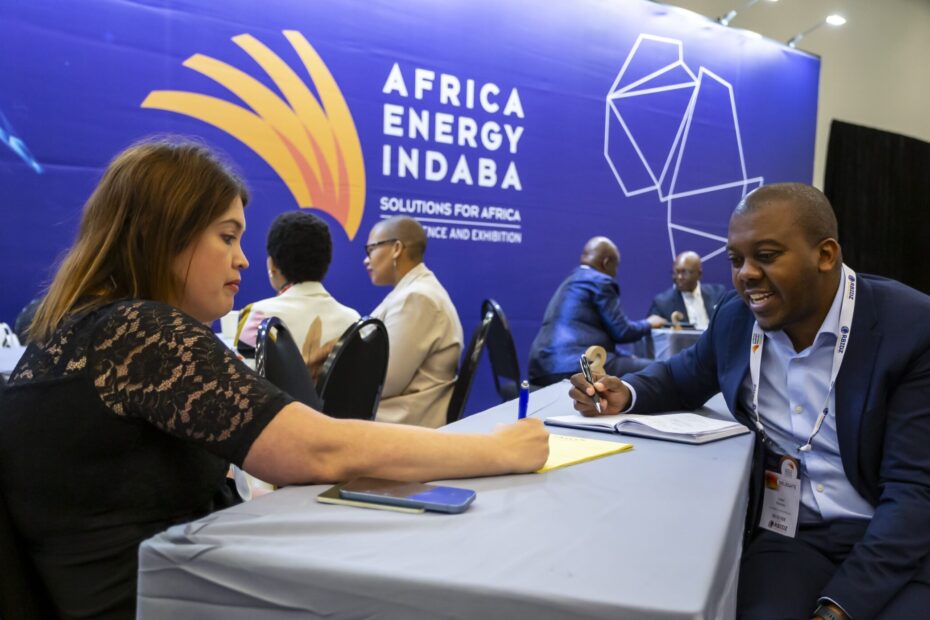The African Continental Free Trade Area (AfCFTA) is set to play a transformative role in the development of Africa’s energy sector, providing the framework needed to enhance intra-African trade, attract investment, and boost regional energy integration. By creating the world’s largest free trade area by number of countries, the AfCFTA is unlocking new opportunities for the continent’s renewable energy and natural gas industries, driving industrialisation and powering sustainable economic growth.
This topic will feature at the upcoming Africa Energy Indaba, where industry leaders, policymakers, and investors will gather to explore how the AfCFTA can accelerate energy sector growth across the continent. The event will provide a platform to discuss innovations, investment strategies, and policy frameworks that will shape Africa’s energy future.
Facilitating Energy Trade Across Borders
One of the key benefits of the AfCFTA is the removal of trade barriers, including tariffs and customs delays, which have historically impeded the development of Africa’s energy infrastructure. By fostering cross-border energy trade, the agreement enables the free flow of renewable energy and natural gas across Africa, creating integrated energy markets that can help reduce energy costs, increase efficiency, and promote access to electricity in underserved regions.
Countries such as South Africa, Egypt, and Nigeria are positioned to export solar, wind, and gas energy to neighbouring countries, supporting the continent’s broader energy security. The AfCFTA provides a platform for power-sharing agreements, which will enable energy-rich countries to supply power to energy-deficient nations, ensuring more equitable distribution of resources.
Driving Investment in Renewable Energy
The AfCFTA is expected to significantly increase foreign and domestic investment in renewable energy projects across Africa. By harmonising regulations, simplifying trade processes, and offering a more unified market, the agreement reduces the complexity of investing across multiple African countries. This will make it easier for investors to develop solar farms, wind parks, and hydropower projects that span across regions, such as the Southern African Power Pool or the Eastern Africa Power Pool, which are already laying the groundwork for cross-border energy projects.
Countries like Kenya, with its thriving geothermal energy sector, and Morocco, a leader in solar power, are already attracting global interest, and the AfCFTA will only amplify these opportunities by facilitating smoother entry for investors into these energy markets. The free trade area also encourages collaboration between African countries on joint renewable energy projects, creating new opportunities for public-private partnerships (PPPs).
Enabling Regional Natural Gas Markets
The AfCFTA will be particularly influential in expanding the natural gas sector, which holds significant potential for the continent’s economic growth. Major gas producers such as Mozambique, Nigeria, and Tanzania stand to benefit from more efficient and expanded regional trade. By improving the ease of exporting liquefied natural gas (LNG), the AfCFTA helps these countries tap into growing demand for cleaner energy sources within Africa, reducing reliance on coal and oil.
For countries with natural gas reserves, the AfCFTA also opens doors to new markets for gas-to-power initiatives, enabling the expansion of infrastructure like pipelines and LNG terminals across borders. Nigeria’s West African Gas Pipeline, which supplies gas to neighbouring countries like Benin, Togo and Ghana, is one such example of how AfCFTA-driven policies can enhance regional energy cooperation.
Promoting Energy Infrastructure Development
Energy infrastructure development is critical to Africa’s industrialisation and long-term growth, and the AfCFTA will be key in promoting large-scale infrastructure projects. The regional energy grids being developed in Southern, Eastern, and Western Africa are designed to facilitate cross-border electricity trade and ensure that countries without abundant energy resources can benefit from shared power.
Under the AfCFTA framework, Africa’s energy infrastructure can expand rapidly as it encourages collaboration on transnational projects. This includes the development of transmission lines, substations, and pipelines, all of which are necessary to build an interconnected energy market. AfCFTA-aligned countries are also expected to leverage international financing to support the construction of infrastructure through development banks and multilateral funds.
Supporting Sustainable and Clean Energy Transitions
The AfCFTA’s emphasis on sustainability and environmental regulations aligns with Africa’s long-term goals of reducing carbon emissions and increasing the share of renewable energy in the continent’s energy mix. The agreement incentivizes African nations to develop clean energy projects that reduce reliance on fossil fuels, positioning Africa as a leader in the global clean energy transition.
By providing the regulatory framework for green energy trade, the AfCFTA encourages countries to cooperate on the development of low-carbon technologies, such as green hydrogen, electric vehicle manufacturing, and energy storage solutions. This will not only help African nations meet their climate goals but also attract green financing and innovation into the region.
Conclusion: AfCFTA as a Catalyst for Africa’s Energy Future
The AfCFTA is more than just a free trade agreement—it is a catalyst for Africa’s energy transformation. By fostering regional energy integration, encouraging investment in renewables, and enhancing the development of natural gas markets, the agreement is driving Africa toward a sustainable and prosperous energy future. For investors, businesses, and governments alike, the AfCFTA presents a unique opportunity to participate in the continent’s energy revolution, unlocking new markets and paving the way for inclusive growth.



